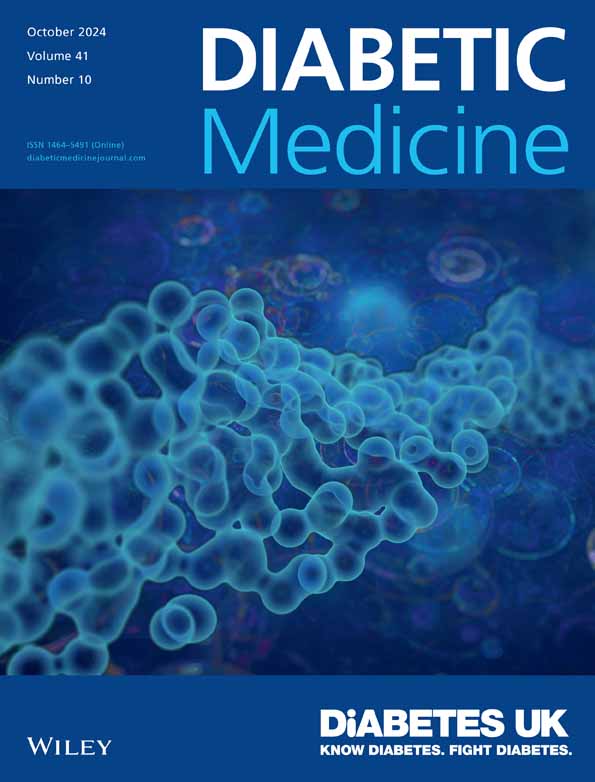Correspondence between the Diabetes Eating Problems Survey–Revised and eating disorder diagnosis: Examining the current cut-off for clinically significant eating disorder symptoms
Abstract
Aims
Eating disorders (EDs) are associated with severe health complications and early death in individuals with type 1 diabetes, making the accurate detection of EDs crucial so that treatment can be initiated. The Diabetes Eating Problems Survey–Revised (DEPS-R) is commonly used to identify individuals with type 1 diabetes with a probable ED, with scores ≥20 recommended as a clinical cut-off. However, the correspondence between a score ≥20 and an ED diagnosis has yet to be examined. This study examines the accuracy, sensitivity, and specificity of the DEPS-R ≥20 for detecting EDs in a sample of adults with type 1 diabetes participating in a study of eating and weight concerns.
Methods
Adults with type 1 diabetes (N = 83) completed the DEPS-R and a structured diagnostic ED interview (Eating Disorder Examination [EDE]). Each participant's EDE and DEPS-R scores were dichotomized (EDE: 1 = ED diagnosis, 0 = otherwise; DEPS-R: 1 = DEPS-R ≥20, 0 = otherwise) and DEPS-R ≥20 accuracy, sensitivity, and specificity for identifying EDs were calculated. A logistic regression was used to determine whether there was a significant association between the dichotomized EDE and DEPS-R scores.
Results
A DEPS-R ≥20 accurately detected the presence or absence of an ED in 81.8% of the cases, with a sensitivity of 76.7% and a specificity of 88.2%. The logistic regression exhibited a significant association between the EDE and DEPS-R binary variables (coefficient estimate = 3.2, 95% CI [2.0, 4.6]).
Conclusions
While the majority of individuals with an ED were identified using DEPS-R ≥20, a subset failed to be detected. Clinicians should keep this in mind when using the DEPS-R and may consider additional screening methods.

 求助内容:
求助内容: 应助结果提醒方式:
应助结果提醒方式:


